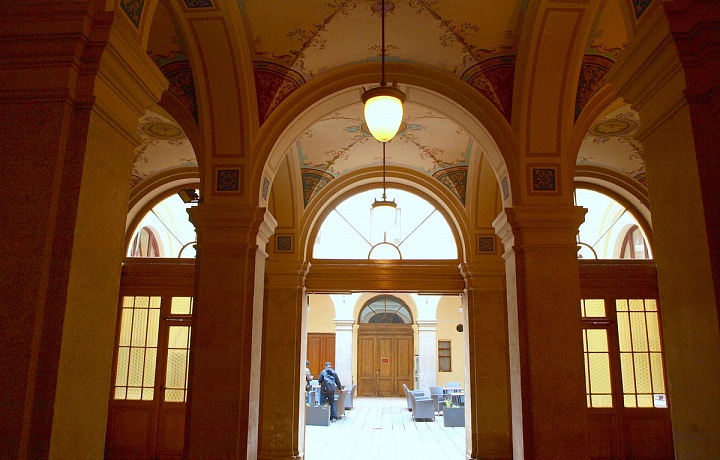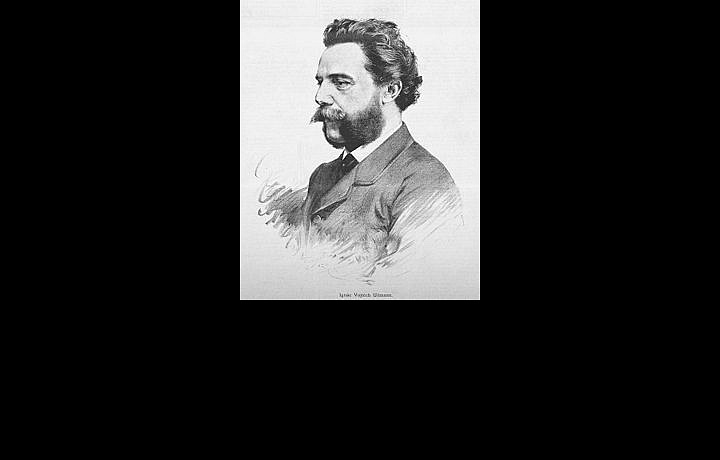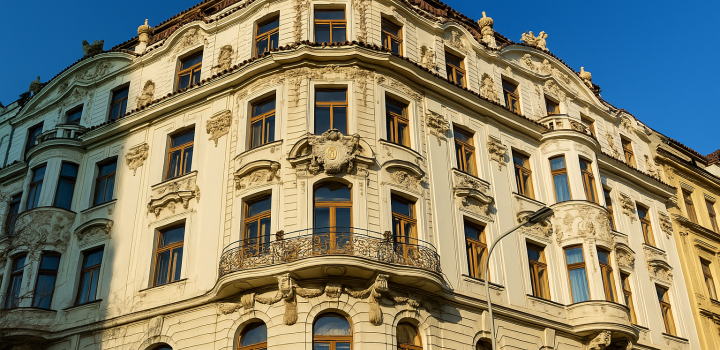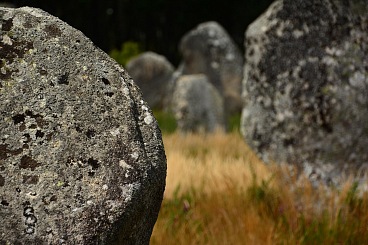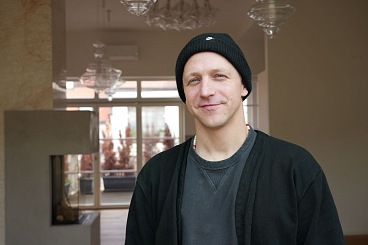The Architects Series: Vojtěch Ignác Ullmann and his Prague palaces
Although this name is almost unknown to the general public, his works bear an indelible trace of quality, thereby increasing the prestige of the luxurious City of Prague.
The luxurious architectural projects for Prague
In his projects from 1860 onwards he was significantly influenced by the Viennese Neo-Renaissance School and also by his journeys across Italy. He gave his tribute to this distinctive artistic style and enriched it himself with new and innovative elements.
Although he did not win the competition for the National Theatre, with his monumental buildings he produced an entire new street front on the most significant street in Prague. The dignified counterpart of the Theatre is the Academy of Sciences Building and in the immediate vicinity Lažanský Palace for the Prague upper crust, in which Bedřich Smetana also lived with his family for some time.
Provisional Theatre
There he addressed a difficult question. Old Czechs wanted a simple building, referring to its temporality, while Young Czechs yearned for a beautiful and monumental building. He dealt with these requirements cunningly by designing an interior for 900 spectators though it was very economical in terms of the space that it actually used. Visitors, for example, could not leave their seats and spent their breaks with their snacks while listening to the music.
Other large buildings
For Sokol he built the first Prague gym that was located on today’s lively Prague highway. In Vodičkova Street he created a new building for a High School for girls and a luxurious building for Prague Technical University on Karlovo Square. He also modified the Spanish Synagogue in the Old Town to its form today.
He dealt very poorly with the competition regarding the National Theatre, which also influenced his later work. The "nail in the coffin" of his artistic design was the rejection of his proposal for the Rudolfinum (he cooperated on it with his brother-in-law). He gave up his work and left for his castle in Dubenec and then in 1889 he moved to Příbram, where he died in 1892 and was buried in a family tomb.
The Artist’s legacy
Although by some people his name has been forgotten, his work persists. Therefore future generations will be able to talk about the beautiful buildings that they have seen in Prague. Students can then also study in the most beautiful Prague school. Believers can experience an uplifting feeling at St. Cyril and Methodius Church in Karlín.
Let’s celebrate such a luxurious artist!


